Frances Morris Named Director of Tate Modern

Frances Morris.
TATE PHOTOGRAPHY
Tate Modern announced today that Frances Morris will be the London museum’s new director. Chris Dercon, the Tate Modern’s director of five years, will leave the museum later this year.
Morris first joined the Tate as a curator in 1987. From 2000 to 2006, she was head of displays, and then, after that, she became director of collection, international art. In addition to her work at the Tate, she is currently on the board of directors at Edinburgh’s Fruitmarket Gallery, the advisory board of Porto’s Serralves Museum, and the advisory committee of CIMAM, a forum of museum officials that discusses various issues facing curators of modern and contemporary art.
In her tenure at the museum, Morris has been an essential part of the Tate’s effort to broaden its collection—she has helped round out the museum’s collection of art from South Asia, the Asian Pacific region, and the Middle East. And, in her effort to begin righting the collection’s serious gender disparities, she’s also mounted three major retrospectives by female artists: Louise Bourgeois, Yayoi Kusama, and Agnes Martin. The critically acclaimed Martin retrospective is currently making its way around the world and will stop at the Guggenheim this fall.
“Tate Modern is a truly unique institution and I have been privileged to have been part of the team from the very beginning,” Morris said in a statement. “An incredible collection, amazing artists, extraordinary colleagues across Tate, brilliant supporters and wave upon wave of appreciative visitors have given me many creative opportunities and memorable experiences. I am thrilled and excited to be appointed as director and look forward to taking on this new role at such an exciting time for the museum.”
“Frances Morris is an innovative thinker who has shaped and developed Tate’s international collection, firmly establishing Tate Modern as one of the foremost contemporary and modern art galleries in the world,” Nicolas Serota, Tate’s director, added. “She will lead the new Tate Modern into the next era.”
Copyright 2016, ARTnews Ltd, 40 W 25th Street, 6th Floor, New York, N.Y. 10010. All rights reserved.
Frances Morris.
TATE PHOTOGRAPHYMorris first joined the Tate as a curator in 1987. From 2000 to 2006, she was head of displays, and then, after that, she became director of collection, international art. In addition to her work at the Tate, she is currently on the board of directors at Edinburgh’s Fruitmarket Gallery, the advisory board of Porto’s Serralves Museum, and the advisory committee of CIMAM, a forum of museum officials that discusses various issues facing curators of modern and contemporary art.
In her tenure at the museum, Morris has been an essential part of the Tate’s effort to broaden its collection—she has helped round out the museum’s collection of art from South Asia, the Asian Pacific region, and the Middle East. And, in her effort to begin righting the collection’s serious gender disparities, she’s also mounted three major retrospectives by female artists: Louise Bourgeois, Yayoi Kusama, and Agnes Martin. The critically acclaimed Martin retrospective is currently making its way around the world and will stop at the Guggenheim this fall.
“Tate Modern is a truly unique institution and I have been privileged to have been part of the team from the very beginning,” Morris said in a statement. “An incredible collection, amazing artists, extraordinary colleagues across Tate, brilliant supporters and wave upon wave of appreciative visitors have given me many creative opportunities and memorable experiences. I am thrilled and excited to be appointed as director and look forward to taking on this new role at such an exciting time for the museum.”
“Frances Morris is an innovative thinker who has shaped and developed Tate’s international collection, firmly establishing Tate Modern as one of the foremost contemporary and modern art galleries in the world,” Nicolas Serota, Tate’s director, added. “She will lead the new Tate Modern into the next era.”
ArtList’s 5 Art World Updates: The “Most Respected” Dealers of 2015 & Venice Considers Selling Some of Its Museums’ Collections
Weekly post from ArtList, the online marketplace for private sales.
1. The “Most Respected” Dealers of 2015
Artnet News has ranked the “Most Respected US Contemporary Art Dealers of 2015,” with Bortolami Gallery’s Sefania Bortolami topping the year’s list.
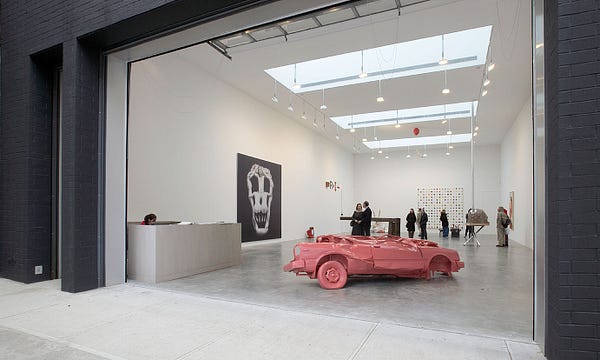
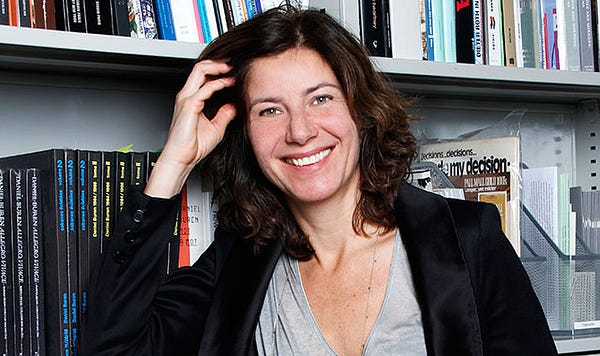
Canada Gallery’s Sarah Braman, Suzanne Butler, Phil Grauer, and Wallace Whitney shared the second place, with Chicago-based John Corbett and Jim Dempsey of Corbett vs. Dempsey coming in third, Bridget Donahue in fourth andGreene Naftali Gallery’s Carol Green in fifth. The list aims to highlight those dealers that “were fostering markets for under-recognized artists, causing a splash with a new gallery, or clocking another year quietly supporting highly appreciated artists…”. It definitely succeeds in recognizing a new, disruptive generation of dealers destined to have a major impact in the art world and while largely New York-focused, it also acknowledges the increasing decentralization of the American art market. Check out more of the year’s top dealers here.
2. Mumbai Slum To Receive Own Museum
On Tuesday it was announced that India’s bustling city of Mumbai is set to host “…the first museum ever created in a slum,” as Spanish artist Jorge Rubio, who co-founded the initiative, said.
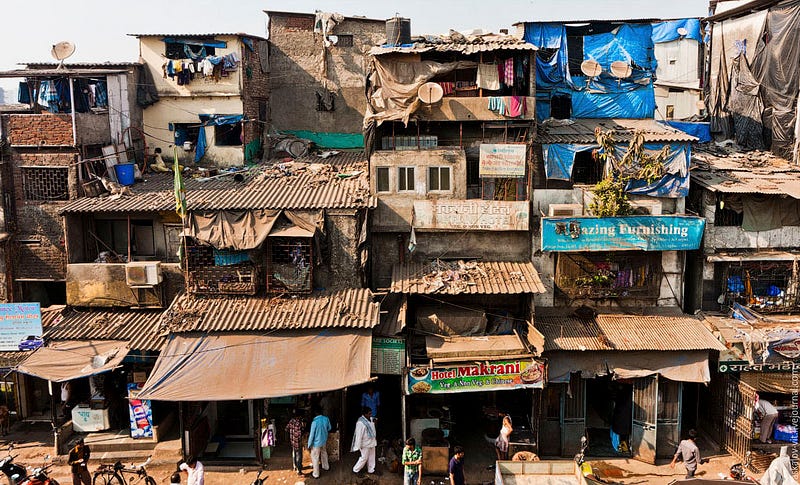
The institution will pay homage to the slum’s culture and sociology, showcasing objects that are produced in the impoverished Mumbai neighborhood of Dharavi, one of Asia’s largest slum areas with over a million habitants. The organizers of Design Museum Dharavi hope that the display of textiles, pottery and even recycled objects from the neighborhood can change the public’s perception of slums by highlighting the creative talent within them. The small, mobile institution will open for two months in February.
3. Students Constructing da Vinci-Designed Bridge Out of Ice
More than just one of the most prolific painters in history, Leonardo da Vinci was also a prominent inventor and engineer in his time. And, in honor of his feats, a group of Finish students and volunteers has taken on the task of building one of da Vinci’s designs that was never completed.


In 1502 the Renaissance man designed a stone bridge to span the strait separating the European and Asian continents (in what is now Istanbul). The Finish group is nowattempting to build that 35 meter bridge out of ice in Juuka, Finland, along a snow track that is adorned with many ice installations (such as Rinus Roelofs sculptures and a ice model of the Sagrada Familia). Under the direction of the Eindhoven University of Technology, construction on the environmentally-friendly bridge began December 28 and is slated to finish by February 13. While it is intended for only pedestrian use, a car will also be driven across it to test its strength.
4. Venice Considering Art Sales as Means to Balance City’s Budget
The city of Venice is experiencing some major shortcomings in their budget. And mayor Luigi Brugnaro thinks that some of Venice’s renown art works may be the fix: “I’ll sell the paintings rather than sit here and admire them while rain drips onto children’s school desks and public libraries have no toilet paper,” he said.
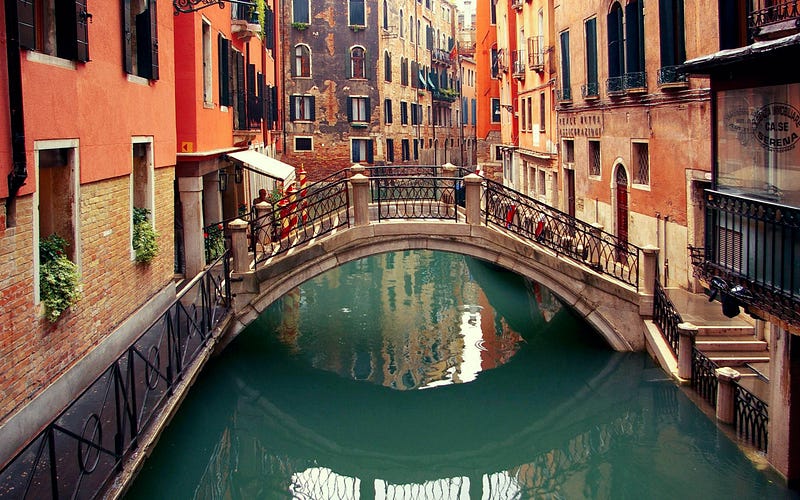
In selling some of the artwork from Venice museums, Brugnaro would not only raise funds to close his current budget gap but he would also save the city from having to pay exorbitant costs to maintain, clean and repair the pieces. That money could be redirected toward the city’s infrastructure (which is in rather dire need of help considering its sinking foundations from sea erosion and the 23 million tourists that visit annually). It is still unclear if the mayor is free to sell off works as he sees fit or if he would have to answer to larger unions or groups before doing so (as is the case in the US). However, lovers of Italian art can rest assured that before selling off his own country’s artistic heritage, Brugnaro will look to sell foreign art being kept at Italian institutions. He cited the example of Austrian painter Klimt’s Judith II as an example of works that “don’t belong to the city’s history and tradition.”
5. Picasso’s Granddaughter To Sell Off Large Portion of Private Collection
The market for Pablo Picasso’s artwork is about to get an influx in available works, as the late artist’s granddaughter, Marina Picasso, is selling off a large portion of her own private collection.
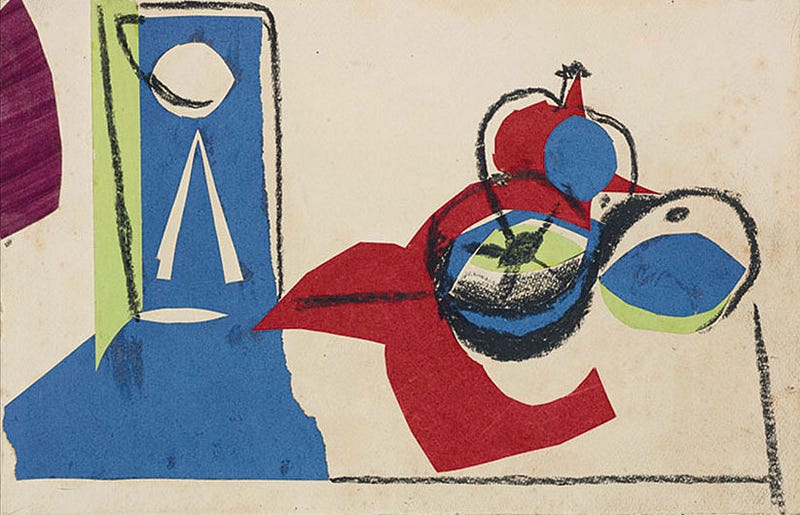
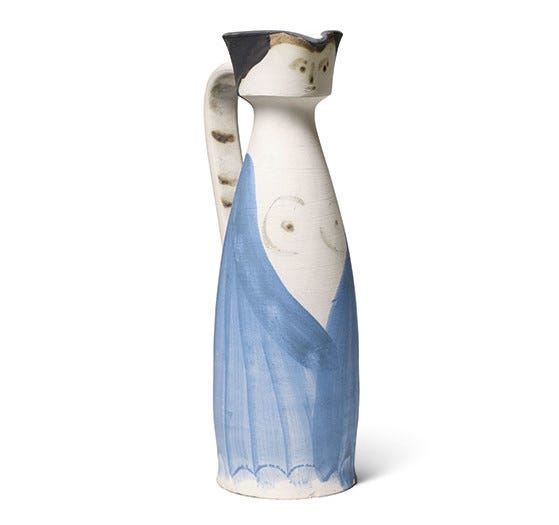
Marina has kept much of her collection of Picasso works away from auction since she inherited them in 1973, upon her grandfather’s death. However, she is now looking to sell more than 100 works on paper spanning Picasso’s career and 70 sculptures dating primarily from the 1940s until the mid-1960s. Mariana has depicted her relationship with her grandfather as contentious, asserting in her 2001 book, Picasso: My Grandfather, that “No one in my family ever managed to escape from the stranglehold of this genius.” A friend explained to Page Six that selling her grandfather’s work is Marina’s attempt to “let go of the past.” The works will go to auction at Sotheby’s London on February 5 as “Picasso in Private: Works from the Collection of Marina Picasso.” The auction carries a pre-sale estimate of £6.9 million–9.8 million ($10.5 million–14.8 million).
No comments:
Post a Comment